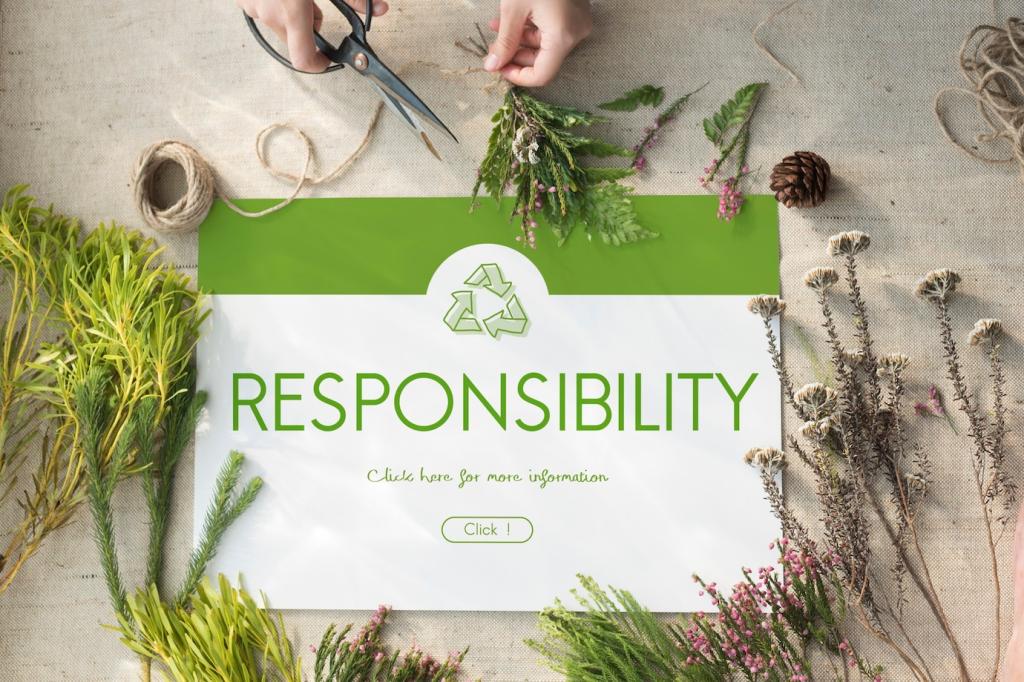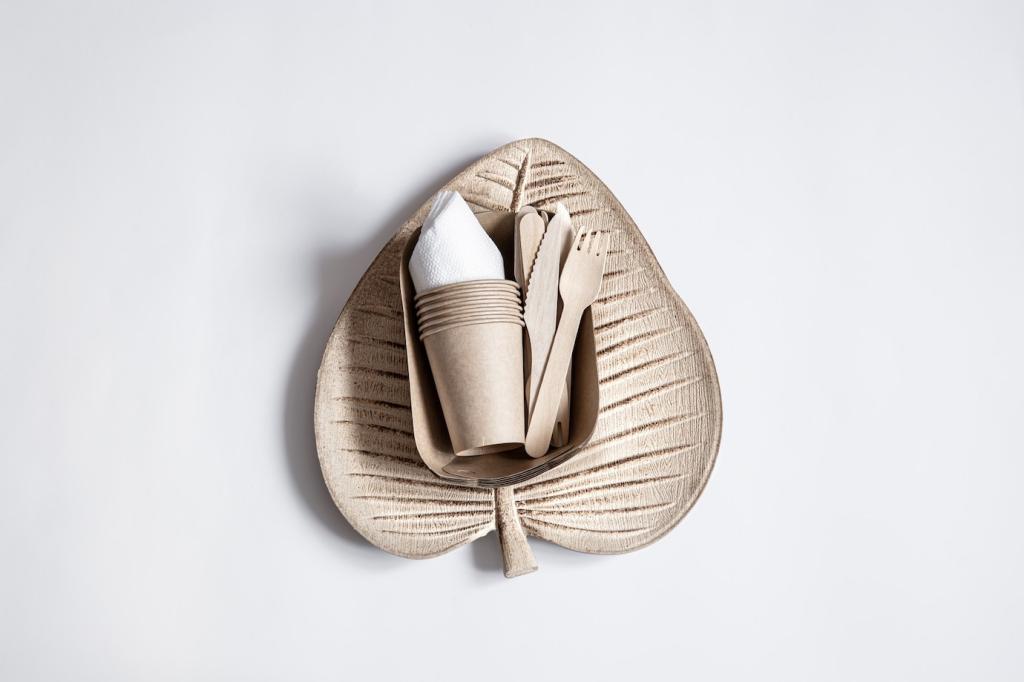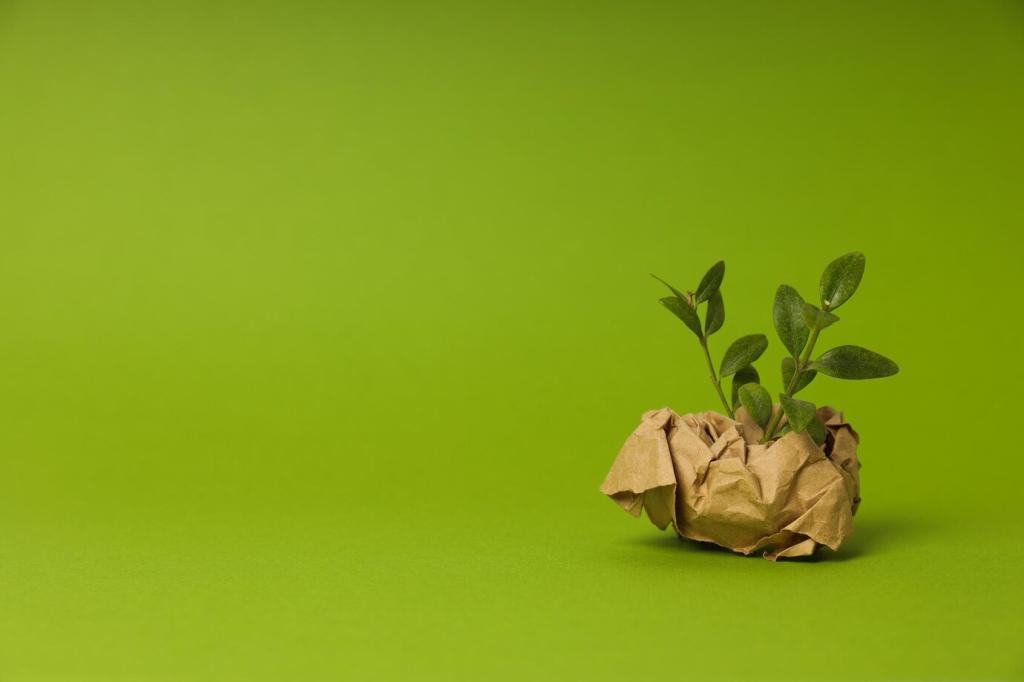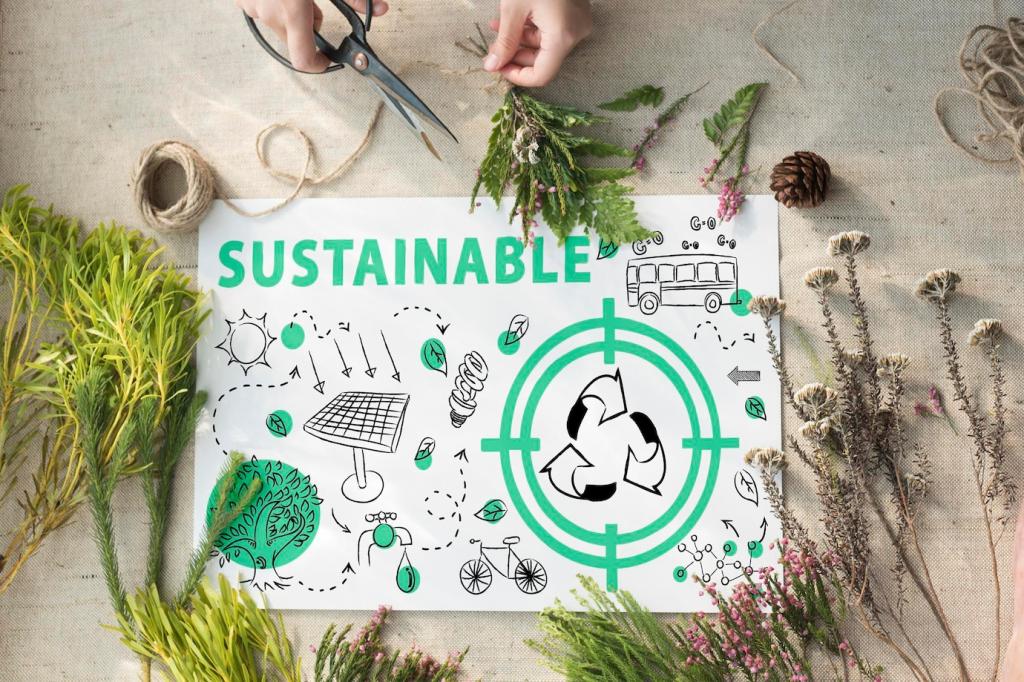Smarter Plumbing Infrastructure
Instead of continuous loops, use button- or motion-activated recirculation. Hot water arrives quickly, then the pump rests. One family saved gallons daily and loved ending the awkward hallway dance while taps ran. Would motion sensors suit your routine? Tell us how you’d trigger your system.
Smarter Plumbing Infrastructure
A home-run manifold with PEX brings dedicated lines to fixtures, minimizing wait times and pressure dips. Tuck water-using zones closer together to shorten pipe lengths. This behind-the-walls strategy saves water every single use. Subscribe for our planning diagram to discuss with your plumber or builder.
Smarter Plumbing Infrastructure
Pre-plan separate drains from showers and laundry to a future greywater system, where codes allow. Even if you install later, the rough-in cost is lower during renovation. Imagine flushing toilets with reclaimed water. Curious about local rules? Comment with your city, and we’ll share region-specific resources.
Smarter Plumbing Infrastructure
Lorem ipsum dolor sit amet, consectetur adipiscing elit. Ut elit tellus, luctus nec ullamcorper mattis, pulvinar dapibus leo.








